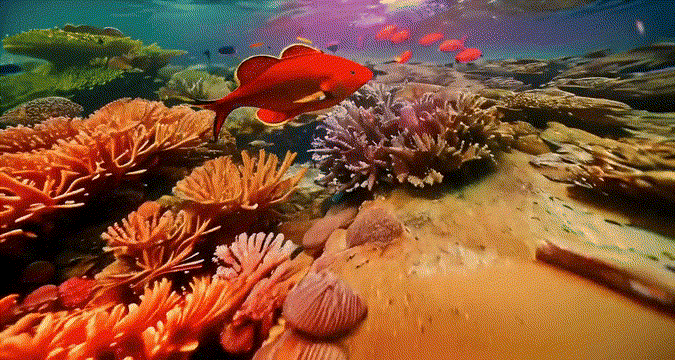Forget Sora — Higgsfield is a new AI video generator promising advanced camera controls
Higgsfield gives you granular control over motion

Higgsfield is a new artificial intelligence video generation platform that is built using a similar model OpenAI used in making its impressive Sora engine.
The startup has funding from Menlo Ventures and is focused on providing as much camera and motion control as possible, particularly in human movement. It expects to start rolling out access later this month.
A spokesperson told me it can generate clips of up to 10 seconds and while this isn’t close to the minute long shots from Sora, it is much longer than existing models and we don't know if the final release of Sora will offer long clips.
What is Higgsfield AI?
I haven’t been able to try Higgsfield myself yet, but from some of the videos already appearing on social media it seems like the big differentiator is control.
On its website the company says its key offerings are "unparalleled personalization and control" along with "realistic human characters and motion".
Realistic human motion is not something many AI models do well, often having someone walk slowly, backwards or even merging into themselves.
This is why Sora felt so much of a game changer. The first videos OpenAI shared included realistic human movement, with characters walking naturally down the street. Others AI video tools are improving in this area slowly.
Get instant access to breaking news, the hottest reviews, great deals and helpful tips.
How does Higgsfield AI differ from other models?

Many of the existing AI video models, including Stable Video Diffusion, are diffusion models similar to the technology that powers AI image generators.
Higgsfield is a transformer model, like those that power ChatGPT or Google Gemini but incorporates diffusion models.
The spokesperson told me that when these two technologies are combined it can “output super smooth, realistic videos.”
This is similar to the approach OpenAI has taken with Sora and StabilityAI has taken with Stable Diffusion 3 as it improves prompt adherence and control.
This combined architecture makes it possible to build "world models," according to Menlo Ventures.
These are AI models "so realistic that they can simulate the physical world, resulting in longer, smoother, and more coherent sequences that rival professionally produced content—ushering video AI into its next era," the VC firm said.
When will Higgsfield be available to use?
Hi! We’re Higgsfield - a Video AI company that's democratizing social video creation to everyone.Our game changing foundational model excels at creating personalized characters with lifelike motion - with just 1 selfie and all on mobile.We bring any story to life. Watch👇 pic.twitter.com/b4BogCjwUFApril 3, 2024
The company is slowly rolling out access to Higgsfield, starting with a small group of content creators to test its limits, before making it more widely available.
However, if you can't wait there is an app available for iPhone called Diffuse that enables user to create and share short AI-edited videos of themselves and their friends. It is built using the Higgsfield model and lets users personalize and fine-tune the video with more control over the motion.
It is only available in Canada, India, Philippines, South Africa and some countries in Central Asia.
The longer term goal is to create a studio-grade video marketing platform for creators and enterprise, as well as a range of consumer products similar to the Diffuse app.
More from Tom's Guide
- This is Siri-ous — Apple reportedly working on home robots
- Apple could bring Google Gemini to the iPhone for AI tasks
- I gave Claude, ChatGPT and Gemini a photo of ingredients to see which came up with the best recipe

Ryan Morrison, a stalwart in the realm of tech journalism, possesses a sterling track record that spans over two decades, though he'd much rather let his insightful articles on AI and technology speak for him than engage in this self-aggrandising exercise. As the former AI Editor for Tom's Guide, Ryan wields his vast industry experience with a mix of scepticism and enthusiasm, unpacking the complexities of AI in a way that could almost make you forget about the impending robot takeover.
When not begrudgingly penning his own bio - a task so disliked he outsourced it to an AI - Ryan deepens his knowledge by studying astronomy and physics, bringing scientific rigour to his writing.










